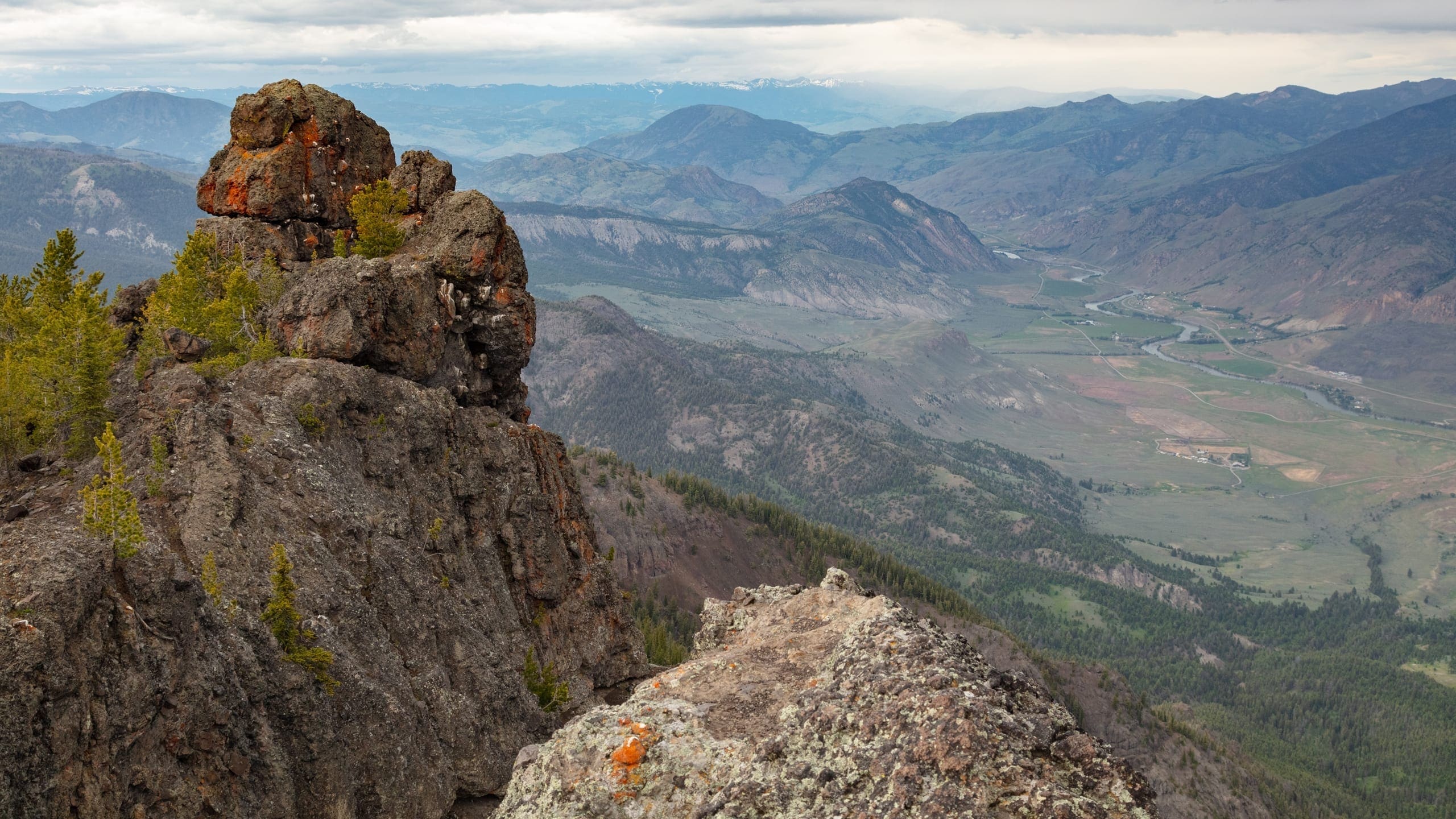About Yellowstone National Park
“…from the surface of a rocky plain or table, burst forth columns of water, of various dimensions, projected high in the air, accompanied by loud explosions, and sulphurous vapors…The largest of these wonderful fountains, projects a column of boiling water several feet in diameter, to the height of more than one hundred and fifty feet accompanied with a tremendous noise…”
—Warren Ferris, May 1834
Yellowstone became the world’s first national park on March 1, 1872, set aside in recognition of its unique hydrothermal features and for the benefit and enjoyment of the people. With this landmark decision, the United States Congress created a path for future parks within this country and around the world; Yellowstone still serves as a global resource conservation and tourism model for public land management. Yellowstone is perhaps most well-known for its hydrothermal features such as the iconic Old Faithful geyser. The park encompasses 2.25 million acres, or 3,472 square miles, of a landscape punctuated by steaming pools, bubbling mudpots, spewing geysers, and colorful volcanic soils. Filled with the smell of sulfur and described in 1856 by Jim Bridger as a “place where Hell bubbled up,” Yellowstone is still recognized as a place of wonder. The park contains more than 10,000 thermal features, including the world’s greatest concentration of geysers. A large underground volcanic system fuels these hydrothermal features, and has shaped the park’s landscape over centuries.
Yellowstone is the heart of the Greater Yellowstone Ecosystem (GYE), a vast landscape of 28,000 square miles populated by a wide variety of wildlife and geologic wonders. Surrounded by six national forests, private and reservation lands, and over 2 million designated wilderness acres, the Greater Yellowstone Ecosystem is one of the last, largest, mostly intact temperate-zone ecosystems on earth. Ninety percent of the acres within park borders are managed as wilderness where human intrusion and intervention into natural processes are minimized. These lands support a wide variety of wildlife, including bison, grizzly and black bears, gray wolves, elk, bighorn sheep, coyotes, otters, cutthroat trout, and other species. In 1972, the United Nations Educational, Social, and Cultural Organization (UNESCO) named Yellowstone the first area in the United States to be designated as a Biosphere Reserve, and in 1978 the park was declared a world heritage site.
This vast landscape contains the headwaters of several major rivers. The Firehole and Gibbon rivers unite to form the Madison, which, along with the Gallatin River, joins the Jefferson to create the Missouri River several miles north of the park. The Yellowstone River is a major tributary of the Missouri, which then flows via the Mississippi to the Gulf of Mexico. The Snake River arises near the park’s south boundary and joins the Columbia to flow into the Pacific. Yellowstone Lake is the largest lake at high altitude in North America and the Lower Yellowstone Falls is the highest of more than 40 named waterfalls in the park.
Yellowstone has been important to people for thousands of years. The park preserves resources associated with over 11,000 years of human history, which provide insights into a variety of cultures and values, including those of American Indians, trappers, explorers, miners, U.S. Army personnel, National Park Service (NPS) and private sector concession staff, neighboring communities, and over 140 years of park visitors. Today, millions of people travel from around the globe to visit Yellowstone and take advantage of its rich recreational opportunities, including hiking, camping, fishing, and horseback riding. Many visitors come to see Old Faithful geyser or search for bears, wolves, and other wildlife, while others pass on family memories and traditions as they travel through remembered landscapes. The historic Old Faithful Inn and other lodging, museums, and visitor centers serve overnight and day use guests while representing Yellowstone’s rich human history. The park is an economic force providing benefit to surrounding communities.
While most people visit Yellowstone during the summer, other times of the year also offer outstanding visitor opportunities, including the springtime display of newly born wildlife and the autumn combat between bull elk. Winter offers a unique opportunity to observe wildlife and recreate in Yellowstone’s extreme cold and snow-covered landscape. The park is entirely different during this frigid time, when bison clear snow looking for dried grasses and geysers steam in the freezing air.
Source: Foundation Document – Yellowstone National Park
Fast Facts:
| Date the Park was Established: | March 1, 1872 |
| Park Area (as of 2019): | 2,219,790.71 acres (8,983.2 km2) |
| Recreational Visitors (2018 Total): | 4,115,000 visitors |











